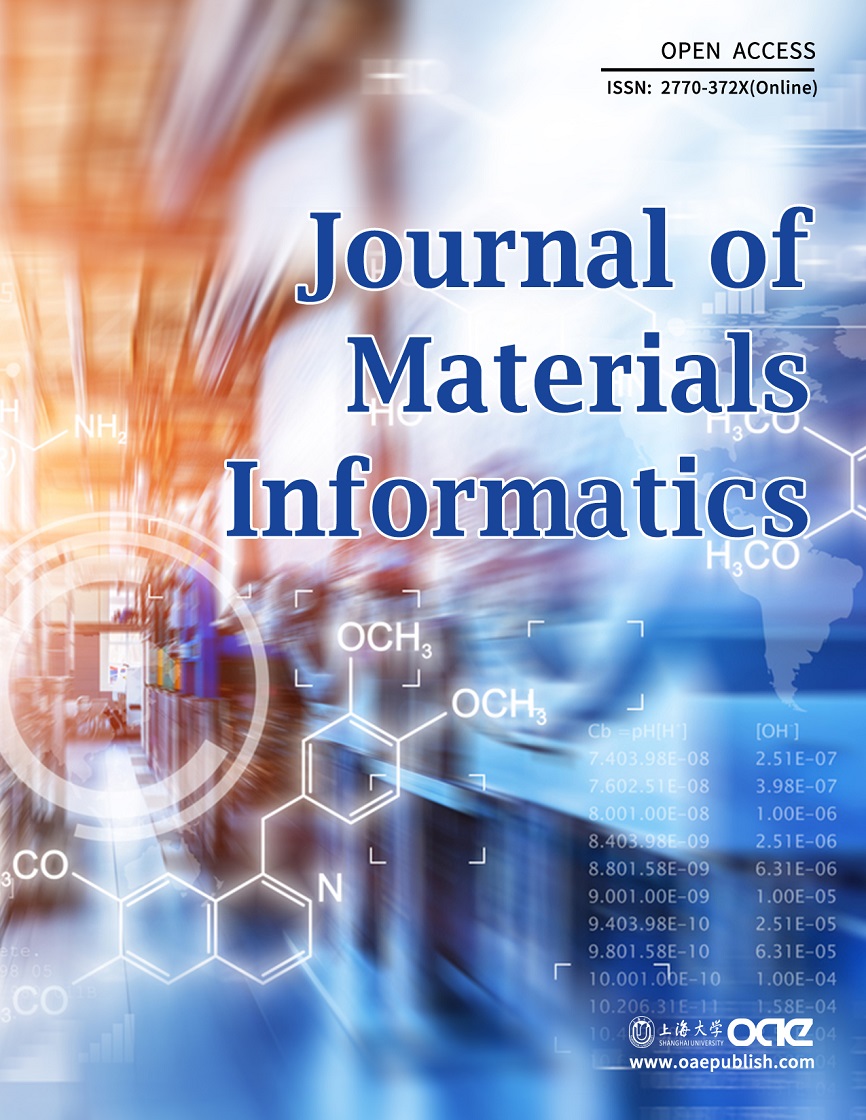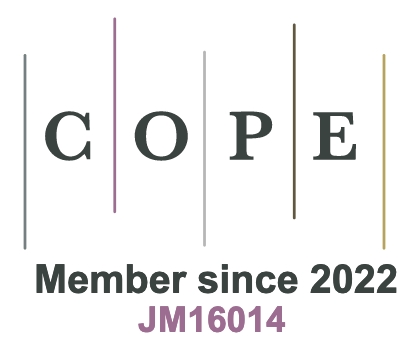Advancing carbon dots research with machine learning: a comprehensive review
Abstract
Carbon-based nanomaterials, particularly carbon dots (CDs), have attracted growing attention due to their unique optical properties and cost-effective synthesis. Despite their promise, challenges remain in elucidating luminescence mechanisms and achieving controlled synthesis. Traditional trial-and-error approaches are inefficient, while machine learning (ML) offers powerful tools to accelerate materials discovery by capturing complex relationships. This review summarizes recent progress in applying ML to CDs, focusing on three key areas: enhancing the regulation of intrinsic properties, improving detection sensitivity and multicomponent recognition through the analysis of high-dimensional spectral data, and uncovering correlations between molecular features, experimental parameters, and CD performance with explainable ML. These advances enable more rational and efficient design of multifunctional CDs. Finally, we discuss future directions for CD informatics, including the development of structured data resources, the integration of large language models, interpretable ML techniques, and automated experimental platforms. These trends are expected to provide new insights and drive continued innovation in the multifunctional applications of CDs.
Keywords
Carbon dots, machine learning, data scarcity, interpretability, materials informatics
Cite This Article
Ren Y, Yan X, Fang R, Deng H, Chen Y, Li Z, Feng L, Qu X. Advancing carbon dots research with machine learning: a comprehensive review. J Mater Inf 2025;5:[Accept]. http://dx.doi.org/10.20517/jmi.2025.72












